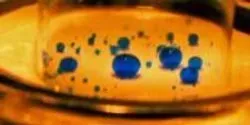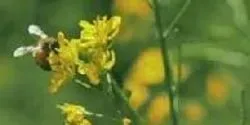environmental science

Membrane developed by MIT researchers can separate even highly mixed fine oil-spill residues.

In 2006, Austin, Texas, became the first city in the country to ban a commonly used pavement sealant over concerns that it was a major source of cancer-causing compounds in the environment. Eight years later, the city’s action seems to have made a big dent in the targeted compounds’ levels — researchers now report that the concentrations have dropped significantly.

New research reveals how the algae behind red tide thoroughly disables – but doesn’t kill – other species of algae. The study shows how chemical signaling between algae can trigger big changes in the marine ecosystem.

Almost two-thirds of Granite State residents trust scientists as a source of information on environmental issues, but tea party Republicans are much less likely and New Hampshire Public Radio listeners much more likely to trust scientists, according to new survey research from the Carsey Institute at the University of New Hampshire.

Researchers led by a Washington State University biologist have found that arid areas, among the biggest ecosystems on the planet, take up an unexpectedly large amount of carbon as levels of carbon dioxide increase in the atmosphere.

Gov. Nikki Haley has recognized three Clemson University professors for the global impact of their research in optical materials science, nanoscale physics and environmental nuclear chemistry.

Scientists at the University of East Anglia have identified four new man-made gases in the atmosphere – all of which are contributing to the destruction of the ozone layer.










